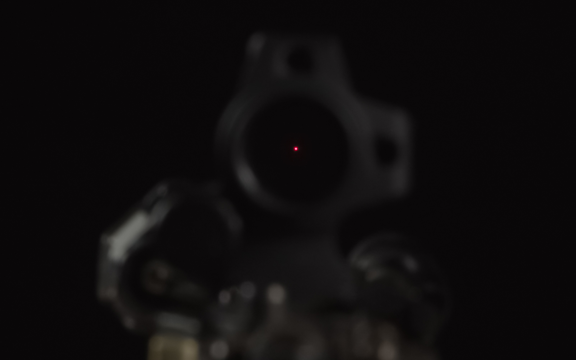Simplicity Wins, Complexity Kills
The world is wonderfully chaotic. We face novel problems daily that require creative responses. Our custom is to think our way out of these. This is largely based on our enhanced ability to do so. Our brains have unique and powerful capacities to model ideas and answers before we play them out in the real world. This means that we don’t have to jump in front of a car to know that it doesn’t end well. Instead, we model the outcome of being struck…and avoid it.

Imagine a world where we had to experience peril to understand its nature. There would be far fewer of us than there are now, I’m guessing.
We use this creative response (a superpower) so much that we take it for granted. Take a minute and consider how valuable this “sense” is and how amazing. We model a future that we haven’t seen so that we can avoid the (also) imagined bad outcomes. This is a high-operating survival function. The thing that we must keep in mind is its extravagance. This sort of problem-solving capacity is a “distance weapon” – a heavy caliber rifle with a highly magnified scope in your arsenal. The logic is that it works long before you face the peril, in fact it keeps you well away from it when all goes to plan. Here the problems begin: under significant stress this function of our brain is severely taxed. The reason for this is that we have a series of deep-rooted survival mechanisms that vastly simplify our responses to present danger. If we had to contemplate the speeding car…it would likely hit us. In that scenario, we simply don’t have time to model the outcome and avoid the problem because the problem has already arrived. Better that our brain fires a very simple instruction: MOVE. Contemplation is not a good survival strategy when peril is close.
In a defensive setting, the most important problem solving does not happen at the gun. It happens at the target. Almost all of the situational complexities exist there. Consider these questions: Is this a threat? Is the threat closing with me? Is the threat armed? Is that a cell phone or a gun? Has the scenario changed? Is it appropriate for me to shoot at the threat?
None of these vital questions exist at the gun. Your biology understands this and wants deeply to fixate on the target. Forcing ourselves then, to translate mechanical problems into the scenario seems counterintuitive. And it is. Your brain reduces complex thought drastically…it starts with input sources (tunnel vision, auditory exclusion, etc.) and continues through a litany of other simplifications.

The takeaway here is that your tools and training should be as simple and reliable as possible. Your deepest need is to make the determination: “Can I eat it, or can it eat me?” figuratively speaking of course. We are hard wired to measure the threat not our response. The answers after that are even more simple: Flee or chase or fight.
None of the implements that we have at our disposal should command a great deal of capacity in this process. The memory that drives these responses should be implicit, like the words to a song that you could not write on command but that if heard, you could somehow remember. Explicit memories are those that we learn in detail and can recall on command. Our tools and tactics must come from the former. They must not involve creative thinking and above all be simple and reliable. Consider for a moment what you are doing. You are protecting brain function. The creative process is the first to jump ship when the world goes “pear shaped” make sure your equipment is designed for that brain…not the one you are reading this with.

This process of thinking drives Aimpoint product philosophy – Aimpoint red dot sights are elegantly simple for a reason. We understand the science. The human brain cannot contemplate the specifics of how to operate tools in the midst of an extreme SNS response. Our products remain on, constantly, and are intuitively easy to operate and almost comically reliable – allowing you to remain threat focused and get home safely.


